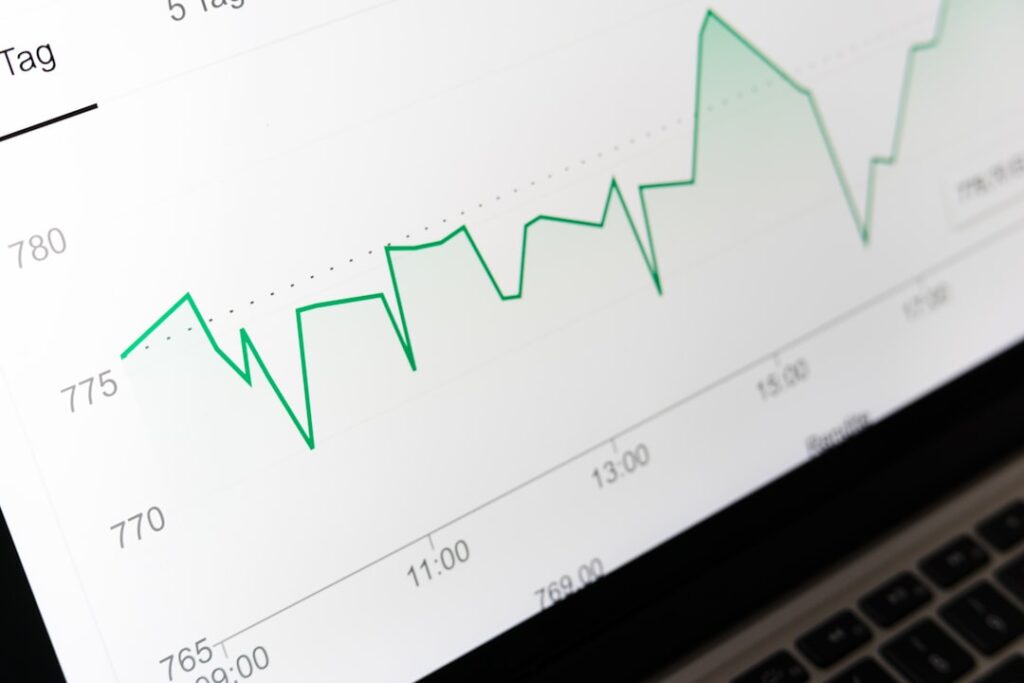Leveraging WiFi Analytics for Business Insights

WiFi analytics is the process of gathering and examining data from WiFi networks to understand customer behavior, preferences, and demographics. This technology enables businesses to monitor how customers interact with their WiFi networks, providing valuable insights that can be used to enhance marketing strategies, improve customer experience, and boost overall business performance. By utilizing WiFi analytics, companies can gain a comprehensive understanding of their customer base and make informed decisions to promote growth and success.
A crucial aspect of WiFi analytics is the ability to collect and analyze customer data, including location, device type, browsing behavior, and demographic information. This data can be used to create detailed customer profiles and understand how people move through physical spaces like retail stores, restaurants, or event venues. By tracking customer behavior and preferences, businesses can customize their marketing efforts and offerings to better suit their target audience.
Furthermore, WiFi analytics can provide insights into foot traffic patterns, peak hours, and customer dwell times, allowing businesses to optimize their operations and improve overall efficiency.
Key Takeaways
- WiFi analytics provides valuable insights into customer behavior and preferences
- Businesses can benefit from WiFi analytics by gaining a better understanding of their customers and their needs
- WiFi analytics can be leveraged to understand customer behavior, such as dwell time and foot traffic patterns
- By using WiFi analytics, businesses can improve customer experience by offering personalized services and targeted promotions
- WiFi analytics can drive business growth by helping businesses make data-driven decisions and improve their marketing strategies
The Benefits of WiFi Analytics for Businesses
Enhanced Customer Insights
WiFi analytics provides businesses with valuable insights into customer behavior and preferences, allowing them to make data-driven decisions to improve marketing strategies and customer experience. By understanding how customers interact with their WiFi networks, businesses can tailor their offerings and promotions to better meet the needs of their target audience, ultimately driving customer satisfaction and loyalty.
Optimized Operations
Furthermore, WiFi analytics can help businesses optimize their operations by providing insights into foot traffic patterns, peak hours, and customer dwell times. This information can be used to improve staffing levels, layout designs, and overall customer flow within physical spaces. Additionally, WiFi analytics can provide businesses with valuable demographic data, allowing them to better understand their customer base and target their marketing efforts more effectively.
Competitive Advantage
Overall, WiFi analytics can help businesses gain a competitive edge by providing them with the tools and insights needed to drive growth and success.
Leveraging WiFi Analytics to Understand Customer Behavior

WiFi analytics can be leveraged to gain a deeper understanding of customer behavior and preferences. By capturing and analyzing data from WiFi networks, businesses can track how customers move through physical spaces, such as retail stores or event venues. This information can provide valuable insights into foot traffic patterns, peak hours, and customer dwell times, allowing businesses to optimize their operations and improve overall efficiency.
Additionally, WiFi analytics can provide businesses with valuable demographic data, such as age, gender, and location. This information can be used to create detailed customer profiles and understand the preferences of different customer segments. By gaining insights into customer behavior and preferences, businesses can tailor their offerings and promotions to better meet the needs of their target audience.
Ultimately, leveraging WiFi analytics to understand customer behavior can help businesses improve marketing strategies, customer experience, and overall business performance.
Using WiFi Analytics to Improve Customer Experience
| Metrics | Data |
|---|---|
| Number of WiFi users | 500 |
| Peak usage time | 12:00 PM – 2:00 PM |
| Most visited location | Store A |
| Average session duration | 30 minutes |
WiFi analytics can be used to improve customer experience by providing businesses with valuable insights into customer behavior and preferences. By capturing and analyzing data from WiFi networks, businesses can gain a deeper understanding of how customers interact with their physical spaces. This information can be used to optimize layout designs, staffing levels, and overall customer flow within retail stores, restaurants, or event venues.
Furthermore, WiFi analytics can provide businesses with valuable demographic data, allowing them to better understand their customer base and target their marketing efforts more effectively. By tailoring offerings and promotions to better meet the needs of different customer segments, businesses can drive customer satisfaction and loyalty. Additionally, WiFi analytics can be used to personalize the customer experience by delivering targeted promotions or recommendations based on individual preferences.
Overall, using WiFi analytics to improve customer experience can help businesses build stronger relationships with their customers and drive long-term success.
How WiFi Analytics Can Drive Business Growth
WiFi analytics can drive business growth by providing businesses with valuable insights into customer behavior and preferences. By capturing and analyzing data from WiFi networks, businesses can gain a deeper understanding of how customers interact with their physical spaces. This information can be used to optimize operations, improve marketing strategies, and ultimately drive customer satisfaction and loyalty.
Furthermore, WiFi analytics can provide businesses with valuable demographic data, allowing them to better understand their customer base and target their marketing efforts more effectively. By tailoring offerings and promotions to better meet the needs of different customer segments, businesses can drive sales and revenue growth. Additionally, WiFi analytics can help businesses identify new opportunities for expansion by providing insights into foot traffic patterns and customer behavior.
Overall, leveraging WiFi analytics can help businesses drive growth by making data-driven decisions that improve overall business performance.
The Role of WiFi Analytics in Marketing Strategies

Understanding Customer Behavior
This information can be used to create detailed customer profiles and understand the preferences of different customer segments. By tailoring marketing efforts to better meet the needs of their target audience, businesses can drive engagement and ultimately increase sales.
Targeted Marketing Efforts
Furthermore, WiFi analytics can provide businesses with valuable demographic data, such as age, gender, and location. This information can be used to target marketing campaigns more effectively and deliver personalized promotions or recommendations based on individual preferences.
Measuring Marketing Effectiveness
Additionally, WiFi analytics can help businesses measure the effectiveness of their marketing efforts by tracking customer engagement and conversion rates. Overall, the role of WiFi analytics in marketing strategies is crucial for businesses looking to drive growth and success.
Implementing WiFi Analytics for Business Success
Implementing WiFi analytics is essential for businesses looking to drive success in today’s competitive market. By capturing and analyzing data from WiFi networks, businesses can gain valuable insights into customer behavior and preferences that can be used to improve marketing strategies, customer experience, and overall business performance. Additionally, leveraging WiFi analytics can help businesses optimize operations by providing insights into foot traffic patterns, peak hours, and customer dwell times.
Furthermore, implementing WiFi analytics allows businesses to gain a deeper understanding of their customer base by providing valuable demographic data that can be used to target marketing efforts more effectively. Ultimately, implementing WiFi analytics is crucial for businesses looking to gain a competitive edge by making data-driven decisions that drive growth and success in today’s dynamic business environment.
If you’re interested in learning more about how WiFi can enhance customer experience, check out this article on enhancing customer experience with guest WiFi. It provides a comprehensive guide for businesses looking to improve their customer experience through the use of WiFi analytics and management.

